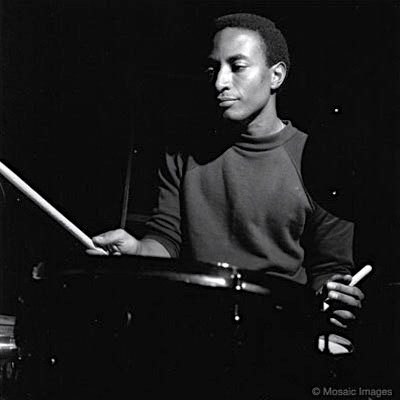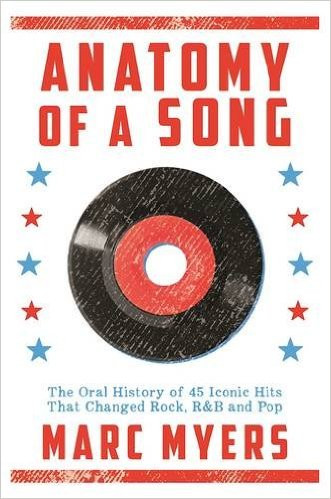When “Dancing in the Street” by Martha and the Vandellas burst onto the music scene on July 31, 1964, it was immediately clear that this single was different. It possessed an energy and rhythm unlike anything Motown had released before. The track was funkier, driven by a pulsating bass line and powerful drum shots that emphasized the backbeat, creating an irresistible invitation to move.
Recently, the key figures behind this iconic song – songwriter Ivy Jo Hunter, co-writer and producer William “Mickey” Stevenson, arranger Paul Riser, and the unforgettable lead singer Martha Reeves – shared their insights into the song’s evolution, revealing the intricate layers that contributed to its groundbreaking sound.
 freddie-waits
freddie-waits
It might surprise many to learn that Freddie Waits, primarily known in jazz circles, was the drummer who laid down the infectious beat for “Dancing in the Street.” Even seasoned Motown aficionados might not immediately recognize Waits as one of the legendary “Funk Brothers,” Motown’s in-house band. This fact underscores the depth of talent and unexpected collaborations that fueled the Motown sound. As Marc Myers highlighted in his Wall Street Journal column, “ARTS ANATOMY OF A SONG,” there are always new facets to discover about even the most familiar hits.
Ivy Jo Hunter, who had recently joined Motown as a songwriter in early 1964, described the song’s genesis: “I often started songs by playing a bass line on the keyboard. As I played this one, I stuck to a single note, rocking my pinky and thumb back and forth an octave apart. I came up with this pulsating figure, starting with the higher note.” This simple, yet hypnotic, bass line became the foundation upon which the entire song was built. Hunter further developed the melody and chords, then sought out arranger Paul Riser to enrich his initial ideas.
Paul Riser elaborated on his role: “My job was to enhance and expand [Ivy’s] ideas…for the song.” Riser’s contribution was crucial in translating Hunter’s raw musical ideas into a full arrangement for the Funk Brothers. He created a basic chord chart, understanding that these seasoned musicians would bring their own magic to the track.
 myers_marc_anatomy_of_a_song
myers_marc_anatomy_of_a_song
The studio session brought together Earl Van Dyke on keyboards, guitarist Robert White, bassist James Jamerson, and the aforementioned Freddie Waits on drums. Riser emphasized the rhythm section’s pivotal role in shaping the Motown sound, stating, “The drums and bass were most important, …they always set the feel for a Motown song.” Hunter echoed this, noting that the aim was to create a rhythm track that he could use as a canvas for writing lyrics. The Funk Brothers, true to their reputation, took Paul Riser’s framework and “locked it in the pocket,” delivering a rhythm that was both tight and deeplyGroove-laden.
What set “Dancing in the Street” apart from typical Motown tracks was its rhythmic feel. Hunter pointed out, “Most Motown songs were based on the Charleston. This song was more like a freight train with a heavy backbeat.” This heavier, more insistent rhythm gave the song its distinctive danceable quality.
Adding further sonic texture, co-writer and producer William “Mickey” Stevenson layered percussion elements. He incorporated claves on the off-beats and a powerfully struck tambourine by Jack Ashford on the second and fourth beats, adding a sharp “snap.” To amplify the tambourine’s impact, Stevenson ingeniously used Motown’s echo chamber – a hole in the bathroom wall – to re-record the tambourine track, creating a bigger, more resonant dance beat.
“Dancing in the Street” became more than just a song; it was an anthem. Its unique blend of Ivy Jo Hunter’s innovative bassline, the Funk Brothers’ rhythmic prowess, and Mickey Stevenson’s production ingenuity, all fronted by Martha Reeves’ dynamic vocals, cemented its place as a Motown classic and a timeless invitation to celebrate joy and freedom through dance.

